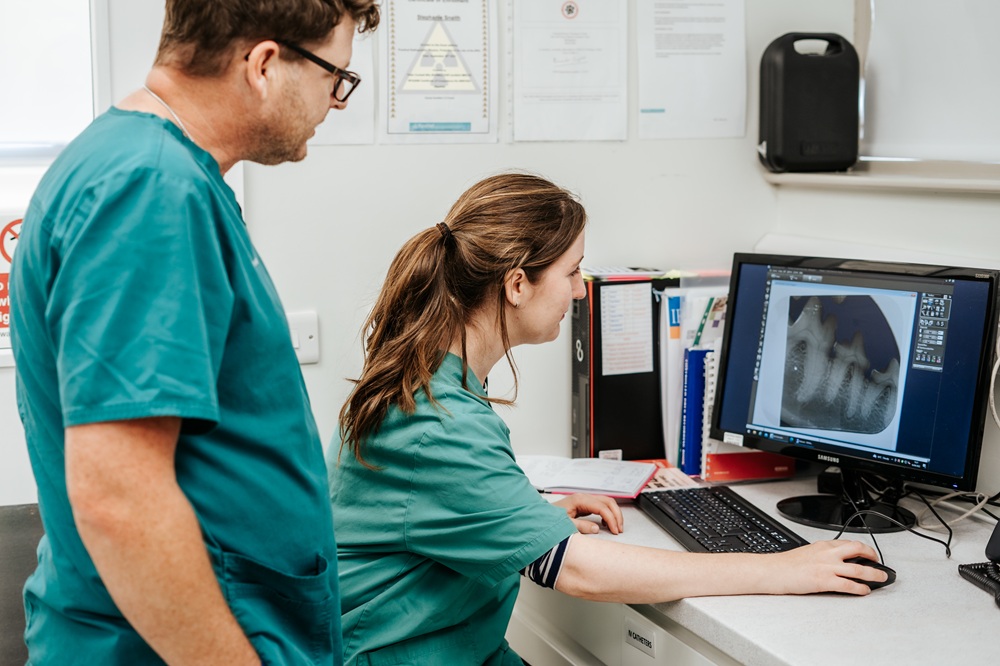
10 signs your pet is in pain
Signs Your Pet Might Be in Pain: How to Recognize the Symptoms 🐾
Pets can’t tell us when they’re hurting, so it’s up to us to be extra observant and watch for signs of discomfort. Whether they’re in physical or emotional distress, it’s important to address their pain as soon as possible. Here are some signs that your pet might be suffering:
1. Changes in Behaviour
If your usually active pet suddenly becomes lethargic, withdrawn, or avoids interaction, it could be a sign that they’re in pain. Keep an eye out for a lack of interest in play or going on walks.
2. Changes in Eating or Drinking Habits
A decrease in appetite or refusal to eat or drink can indicate discomfort. Pets in pain may also drink excessively or have trouble chewing.
3. Excessive Grooming or Licking
If your pet is focusing on a specific area of their body, licking or biting at it more than usual, it might be a sign of localized pain or irritation.
4. Vocalization
Unusual sounds like whining, growling, yelping, or meowing can be signs that your pet is in discomfort. If they’re vocalizing more than normal, especially when touched, they could be trying to communicate distress.
5. Posture or Mobility Changes
A sudden change in the way your pet sits, stands, or walks can be a red flag. Limping, difficulty getting up, or reluctance to move are all signs that something might be wrong.
6. Restlessness or Trouble Sleeping
Pain can make it hard for your pet to settle down. If they’re pacing, circling, or having trouble getting comfortable, it could indicate something is wrong.
7. Changes in Breathing
Laboured breathing or a change in the rate of breathing (rapid or shallow) can suggest discomfort, especially if it’s paired with other symptoms.
8. Aggression or Irritability
If your normally gentle pet starts acting aggressively or seems unusually grumpy when approached or touched, it could be a response to pain.
9. Hiding or Seeking Seclusion
Many pets instinctively hide when they’re not feeling well. If your pet is spending more time in hidden spots or avoiding socializing, it’s worth considering they might be in pain.
10. Changes in Bathroom Habits
Straining to urinate, constipation, or accidents in the house could be related to discomfort, especially in older pets.

Managing your dog’s pain
Your vet will advise you of specific instructions for your dog’s condition, which may include careful management at home to help ease your dog’s pain.
- Control your dog’s weight carefully. Obesity can worsen the pain caused by conditions such as arthritis. By keeping your dog at a healthy weight, you’ll help to reduce inflammation.
- Place water and food bowls in places that are easy to access
- Provide plenty of soft, cushioned beds for your dog to rest
- Provide a ramp or steps for getting on furniture or into the car
- Cover any slippery surfaces in your home with a rug or mat to prevent your dog from falling
Age is a big factor but of course, conditions can affect pets of any age, size, breed and sex. It is important to seek veterinary advice when making any treatment plans for your pet.
How can Orchard House Veterinary Centres help?
Modern science allows us to identify issues that may be otherwise hidden. From X-rays to treatment plans that are tailored to your pet we are here to help your pet live a long and happy life. Conditions like Osteoarthritis can cause discomfort for your pet, but with the right treatment your pet can still lead a happy life.
Give us a call today to book an appointment with one of our veterinary surgeons.

